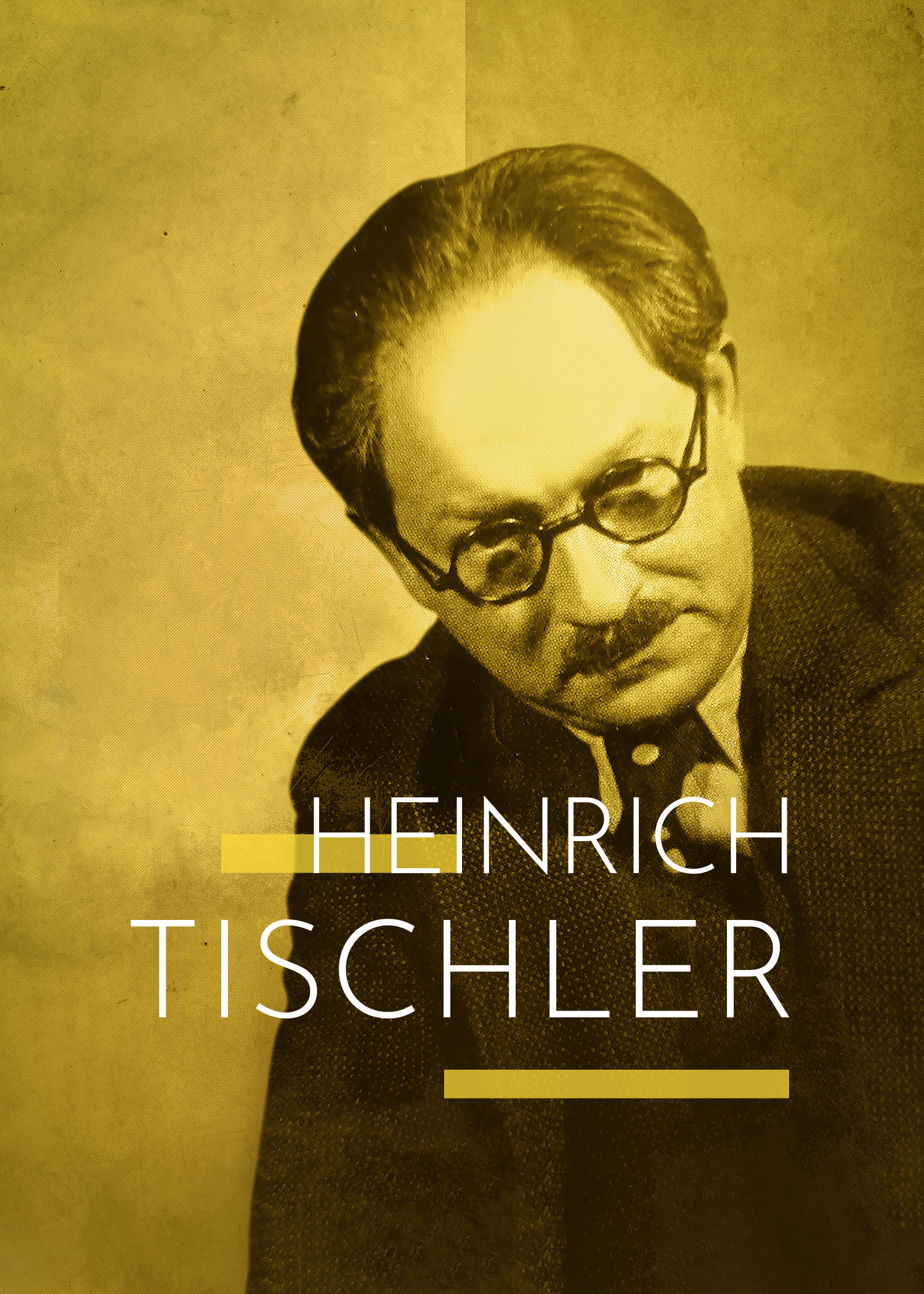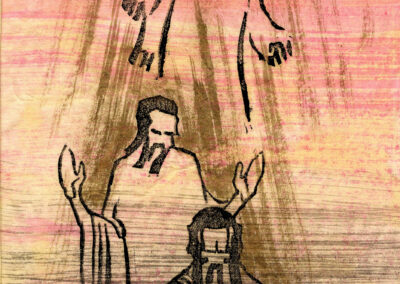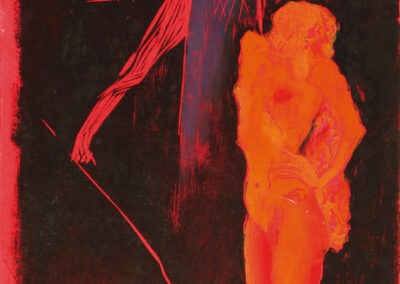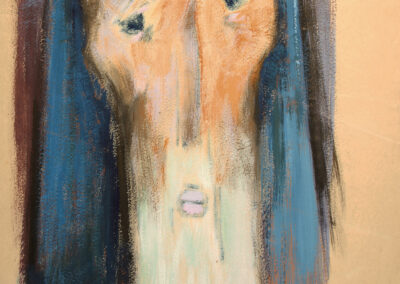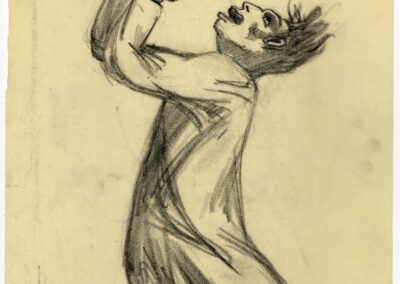25 V 1892, Koźle (today’s Kędzierzyn-Koźle) — 16 XII 1938, Breslau (today’s Wrocław)
Biography
Heinrich Tischler was a painter, architect and interior designer. He drew his inspiration for his work from the lives of Wrocław’s residents, often reflecting them in a re-framed and enhanced manner.
He was born in Koźle but spent his childhood in Breslau (today’s Wrocław). He took architecture and painting classes at the National Academy of Arts and Crafts in the city. In 1914, at the outbreak of WWI, he was drafted into the army. His early expressionist work reflected his wartime experiences. After 1918, he resumed his studies under the supervision of Hans Poelzig, Fryderyk Pautsch, and Otto Müller.
In 1925, he opened an art school in Breslau with the painter and graphic artist Isidor Ascheim. He also ran his own studio, creating both expressionist and realistic works, often drawing from everyday life around him, to painting portraits, genre scenes, and landscapes. As a successful architect and interior designer, he was commissioned to design the interior of the Rudolf Petersdorff department store (today, the Kameleon department store in Wrocław). In 1929, he took part in the WuWa exhibition, where a model housing estate demonstrated how living spaces and workplaces could be transformed thanks to modern and functional technical solutions. The WuWa abbreviation came from the German phrase “Wohnung und Werkraum” which stands for living and working spaces.
Like all artists of Jewish origin, Heinrich Tischler was forbidden from continuing his work once the Nazis came to power. After the Kristallnacht (Chrystal Night, or the Night of Broken Glass), he was arrested and imprisoned in the Buchenwald concentration camp. He was brutally interrogated many times while in the camp. Upon his release, he returned to Breslau,where he died from injuries and exhaustion on 16 December 1938. After his death, some of his paintings were saved by his wife. Several of them can be found in the collections of the Silesian Museum in Görlitz and the City Museum of Wrocław.
Heinrich Tischler was a painter, architect and interior designer. He drew his inspiration for his work from the lives of Wrocław’s residents, often reflecting them in a re-framed and enhanced manner.
He was born in Koźle but spent his childhood in Breslau (today’s Wrocław). He took architecture and painting classes at the National Academy of Arts and Crafts in the city. In 1914, at the outbreak of WWI, he was drafted into the army. His early expressionist work reflected his wartime experiences. After 1918, he resumed his studies under the supervision of Hans Poelzig, Fryderyk Pautsch, and Otto Müller.
In 1925, he opened an art school in Breslau with the painter and graphic artist Isidor Ascheim. He also ran his own studio, creating both expressionist and realistic works, often drawing from everyday life around him, to painting portraits, genre scenes, and landscapes. As a successful architect and interior designer, he was commissioned to design the interior of the Rudolf Petersdorff department store (today, the Kameleon department store in Wrocław). In 1929, he took part in the WuWa exhibition, where a model housing estate demonstrated how living spaces and workplaces could be transformed thanks to modern and functional technical solutions. The WuWa abbreviation came from the German phrase “Wohnung und Werkraum” which stands for living and working spaces.
Like all artists of Jewish origin, Heinrich Tischler was forbidden from continuing his work once the Nazis came to power. After the Kristallnacht (Chrystal Night, or the Night of Broken Glass), he was arrested and imprisoned in the Buchenwald concentration camp. He was brutally interrogated many times while in the camp. Upon his release, he returned to Breslau,where he died from injuries and exhaustion on 16 December 1938. After his death, some of his paintings were saved by his wife. Several of them can be found in the collections of the Silesian Museum in Görlitz and the City Museum of Wrocław.
The artworks and Heinrich Tischler’s portrait belong to the Schesisches Museum zu Görlitz.
(© Foto: Schlesisches Museum zu Görlitz)

